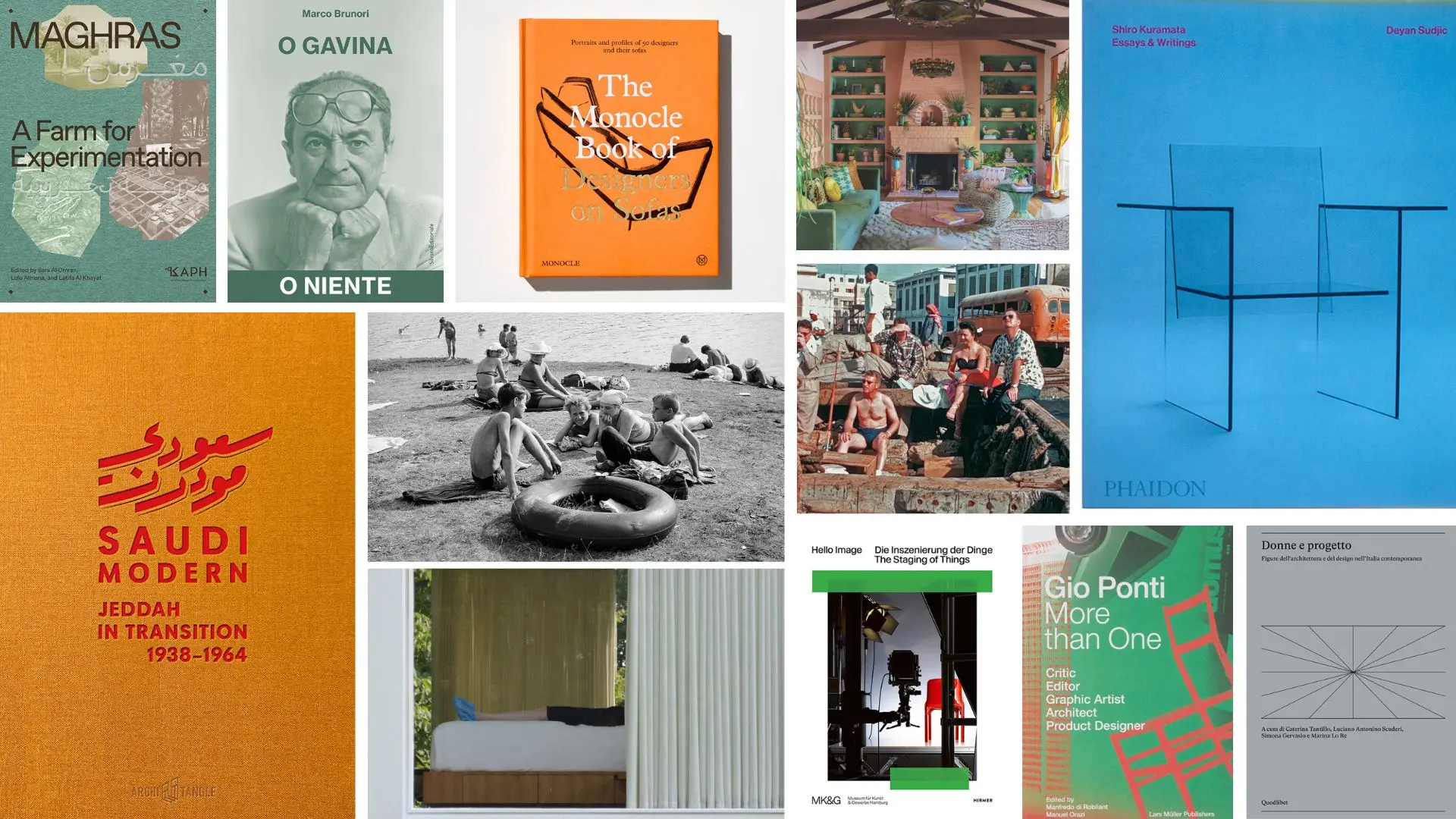A journey through women’s interior design, three iconic monographs and the links between design, photography and marketing, up to the transformation of Jeddah, social innovation and a reportage by Branzi and... 50 designers on the sofa
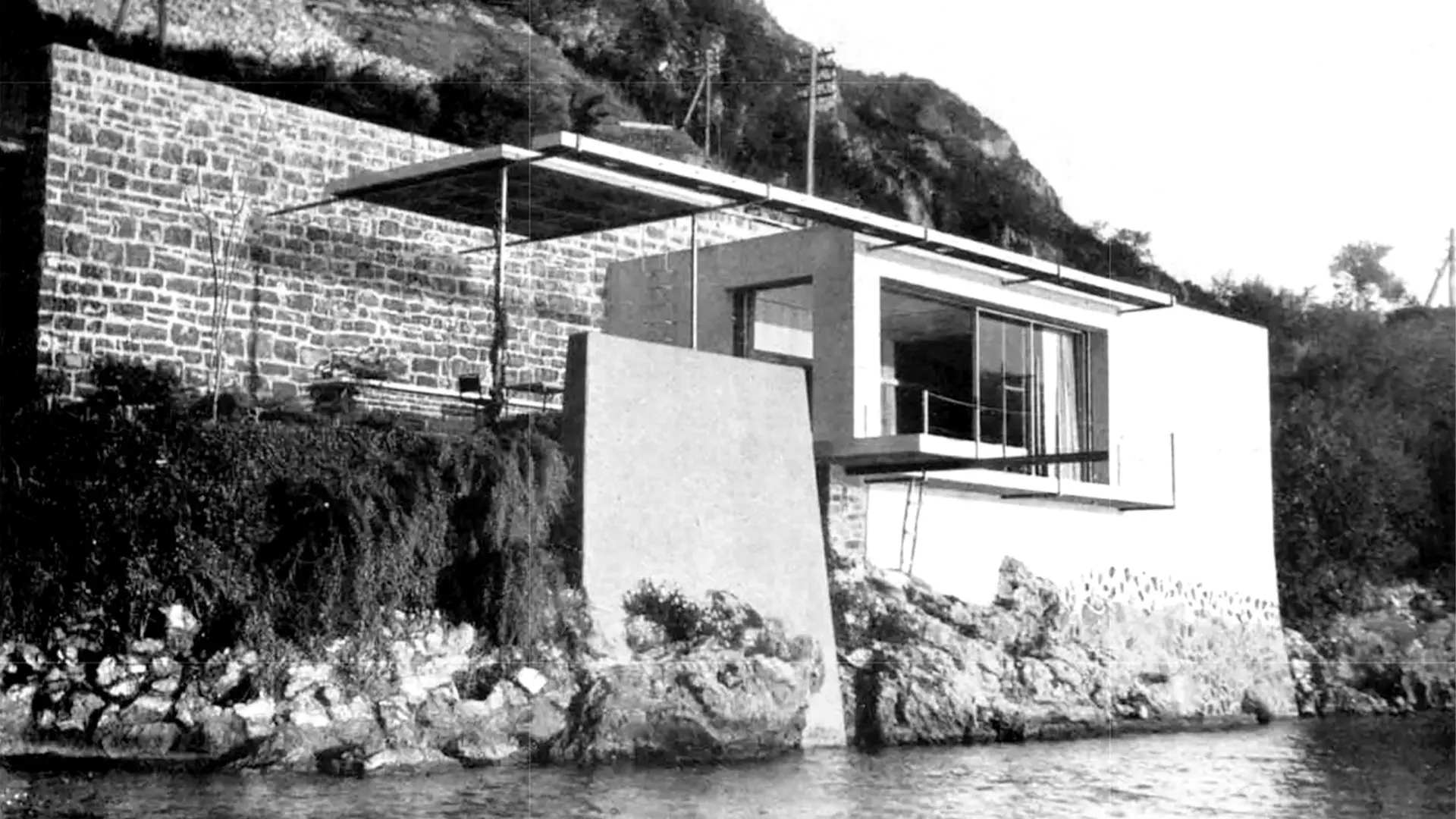
Giulio Minoletti, Casa di fine settimana per uno scapolo, 1946, Domus di gennaio n 205
Case fatte di sole. Vite possibili per architetture immaginate is a research project by architect Concetta Tavoletta, a book that delves into our collective imagination of Mediterranean homes developed in the Thirties by ground-breaking architects Gio Ponti, Bernard Rudofsky and Luigi Cosenza
In 1928, Gio Ponti wrote in the launch issue of Domus: “The Italian home is not an upholstered, bedecked shelter for its inhabitants against the harshnesses of the climate, as is so for homes on the other side of the Alps, where for long months life seeks shelter from the inclemencies of nature. The Italian home is akin to a place where, during our lifetimes, we choose to enjoy the felicitous possession of the beauty our land and skies give us for long seasons.”
In this and many other issues of the magazine over the following years, the Milan-based architect questioned the modernist idea of the Machine à habiter by thinking about comfort in a more complex, place-focused way.
Researcher and architect Concetta Tavoletta from Italy’s Campania region wrote Case fatte di sole. Vite possibili per architetture immaginate, published by LetteraVentidue Edizioni in 2021 to examine the thought of Gio Ponti, Bernard Rudofsky and Luigi Cosenza.
In her book, Tavoletta creates an identikit of the ideal Mediterranean home, with great scientific rigour analyzing its essential features: relationship to local area, landscape and nature; hollows, which render the house a space sculpted either by light, matter or by nature itself; relationship between interior and exterior/architectural environments associated with the exterior, such as the courtyard and pergola; and the materiality of architecture, which in a Mediterranean home becomes a key, compositional theme.
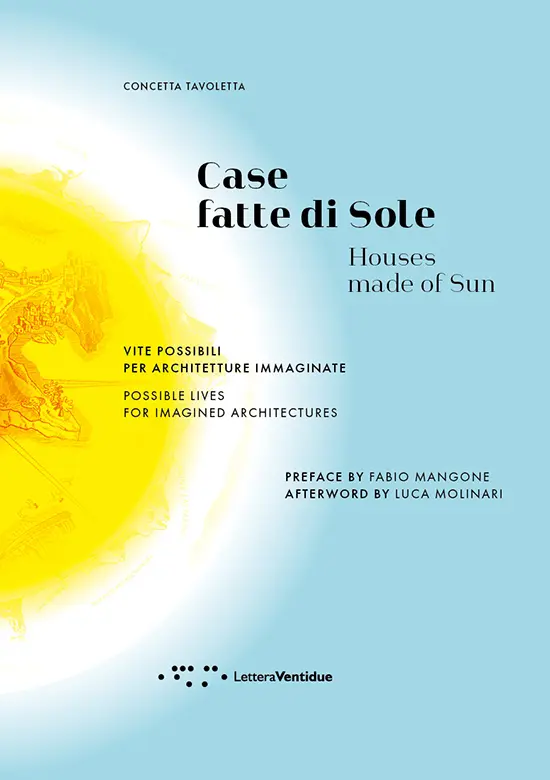
Case fatte di sole, courtesy LetteraVentidue
“Landscape, hollows, courtyard, skin, portico/pergola are just some of the elements on the Mediterranean abacus that architecture seeks to transfigure into unique matter, all hailing from one outsized progenitor: the Mediterranean,” writes Concetta Tavoletta.
Projects such as the House in Positano, the House in Procida and the Hotel in Anacapri – designed by Luigi Cosenza and Bernard Rudofsky – are, for the author, a manifesto for an ideal of Mediterranean living in architectural form. In these emotional designs, “functionality absorbs memory, awe, regret, joy, and confidence in what will come to pass.”
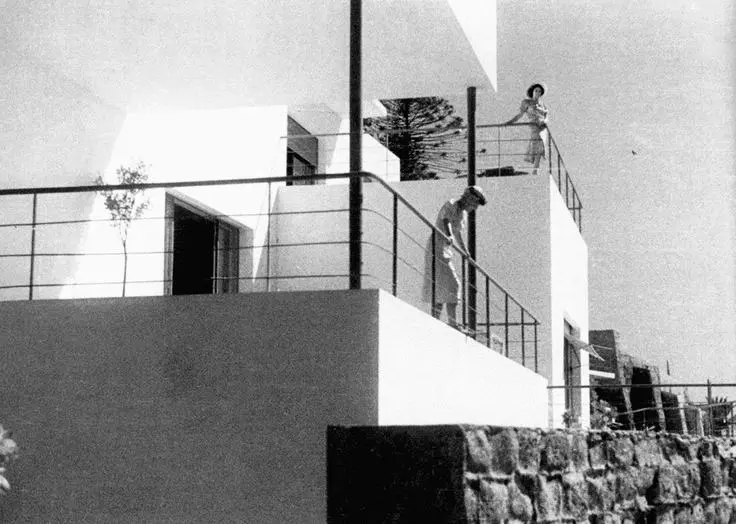
Luigi Cosenza, Villa Oro Napoli 1934-37, Archivio Luigi Cosenza, Archivio di Stato, Pizzofalcone, Napoli
Alongside Rudofsky and Cosenza’s architecture, the book presents a number of other works, either ideal or built, designed by twentieth-century architectural masters like José Antoni Coderch, Giulio Minoletti, Marco Zanuso, Lina Bo Bardi and Carlo Pagani.
Case fatte di Sole is a travel journal on an imaginary tour around beautiful architectural works along the coast, idealizing a way of living that, according to the author, is “still waiting to be realized, still full of unexplored possibility.” Drawings and photographs in the book masterfully transport us to dreamlike settings.
Ultimately, anticipation of the summer heat only foments the imagination, as critic and curator Luca Molinari writes in his afterword: “It is sufficient to look carefully at the drawings, the plants, the views Tavoletta has so intelligently collected to understand the sense of a search for the happiness of the sunny and summery, a search that, at one and the same time, modestly touches upon a sense of the sacred relationship with these lands, their archaic history and the nostalgic sense of an age rapidly fading before their eyes.”
The book’s case studies provide conceptual grounding for a course taken by first-year students at the “Luigi Vanvitelli” University of Campania, on which they interpret “Mediterranean myth” through design exercises. The author undertakes two compositional experiments “that confront the landscape in very different ways, placing the theme of the domestic landscape at the core, as the place where we observe spatial action become a central element.”
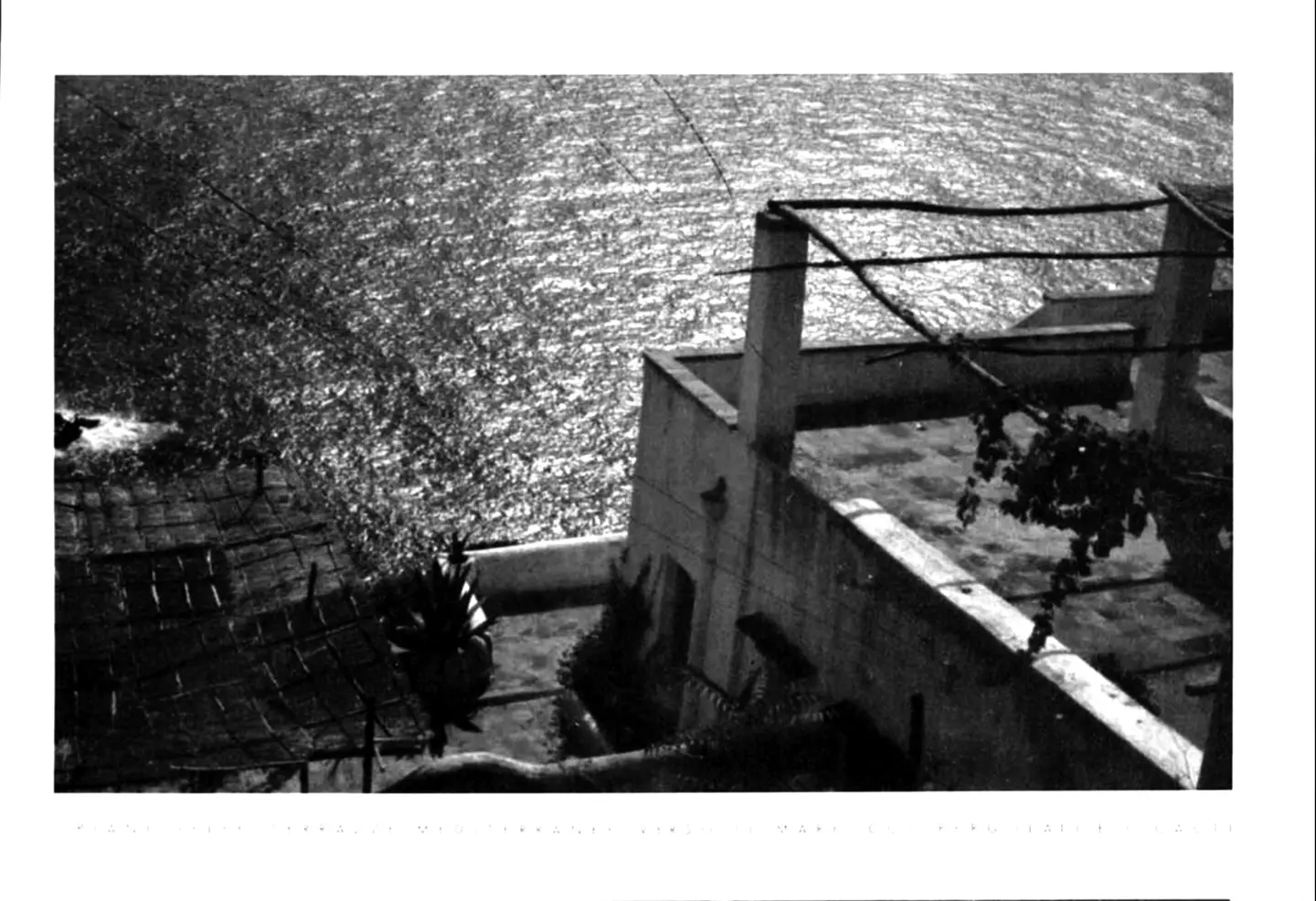
La vita in una casetta a Capri, Domus n° 88 1935, Pergolato
The author’s goal “is not to tell a story but rather, from these examples, build a sequel that doesn’t have the commercial flaw of movie sequels, conceived to exploit a success in the past, but rather attempts to revive an unjustly-abandoned theme.”
However, in the twenty-first century the Mediterranean question is more complicated and layered than it was in the 1930s, something that does not transpire in the book. Only Luca Molinari, in the afterword, expounds upon this complexity: “The Mediterranean that returns the body of one of the giants of twentieth-century architecture is no longer the sea of harmony, the dream of a return to humanity’s origins for which the young members of CIAM set sail in 1933 from Marseilles to Athens; it is a mirror of what we know today as the unfurling decolonization process.”
Perhaps it would have been advisable to more strongly flag the project’s local approach, its focus principally on designs in Capri, Procida and Anacapri, pointing out the partiality of an approach rooted in the Neapolitan school of architecture.
That said, it remains a pleasure to embark on this nostalgic journey “to the golden Capri of the 1930s”, to a Mediterranean myth that, almost a hundred years after the event, we are unlikely to see rebuilt.
Title: Case fatte di sole. Vite possibili per architetture immaginate
Author: Concetta Tavoletta
Book design: Martina Distefano
Preface by: Fabio Mangone
Afterword by: Luca Molinari
Publisher: LetteraVentidue Editions
Year of publication: 2021
Pages: 208
Language: Italian/English


 Stories
Stories




